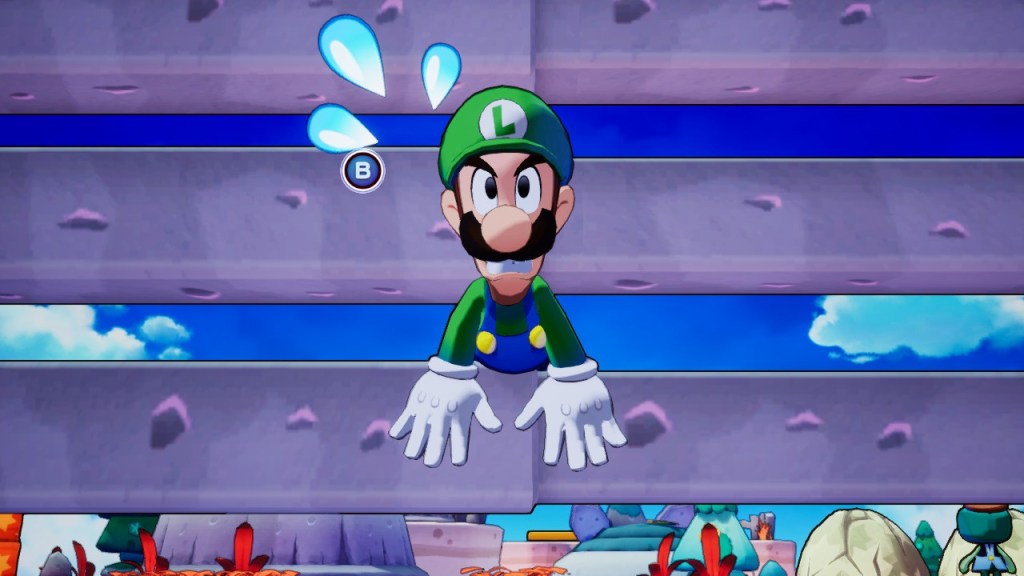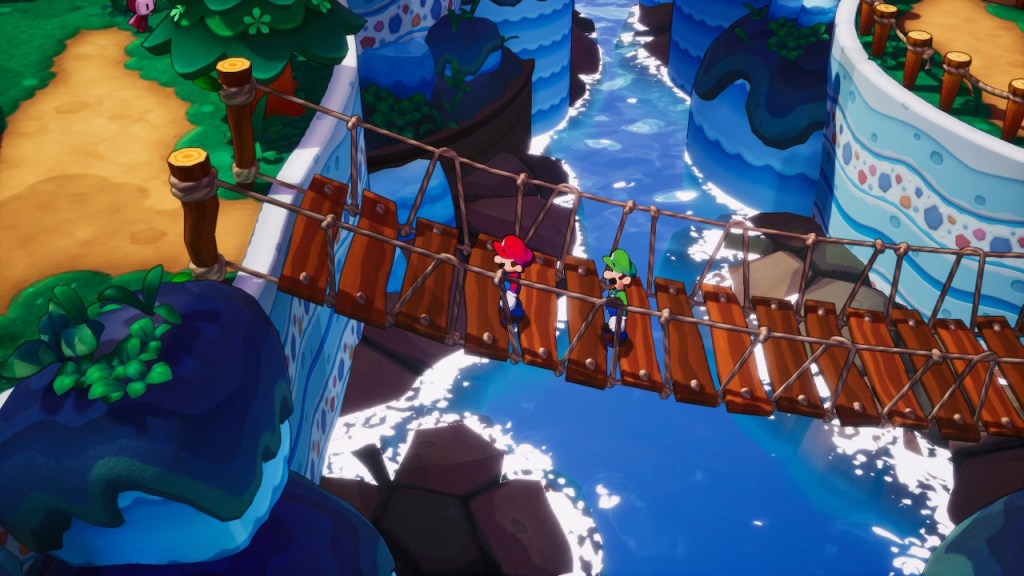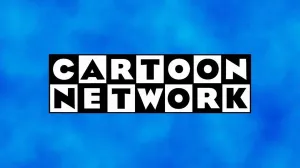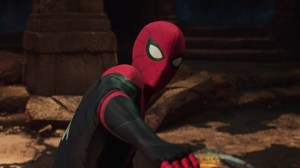Prior to Switch, Nintendo would support two systems at a time: a console and a handheld. In those days, some series exclusively appeared on the company’s handhelds, including Mario & Luigi. Debuting on Game Boy Advance, the Mario & Luigi RPG series later saw games on DS and 3DS. While subsequent games took advantage of each platform’s improvements, keeping the games on those systems limited what could be done from a technical standpoint. Mario & Luigi: Brothership is the first game in the series to debut on Switch. After spending some time with the game, it already seems the jump to the platform has been beneficial to the series.
Videos by ComicBook.com
When Mario & Luigi: Brothership begins, our heroes find themselves mysteriously transported to the land of Concordia. Concordia is normally held together by plugs linked to the giant Uni-Tree and the flow of Connectar. However, these tethers have been mysteriously unplugged, which has resulted in Concordia splitting into several islands drifting in the ocean. It’s up to Mario and Luigi to reconnect these plugs and reunite the citizens of Concordia. In an interesting move, it seems players will have some freedom in how they explore Concordia and which islands they visit. Early in the game, Mario and Luigi are given the opportunity to choose between exploring Raynforest or Twistee as they seek out the character Willma’s family members. The game cautions players that “the story might change” depending on that choice, but it’s tough to say how much or how little an impact it will actually have on the narrative. Regardless, that flexibility should be a welcome inclusion, and I hope there’s more as the game continues.

For those new to the series, Mario & Luigi: Brothership is an RPG that incorporates action and platforming elements. Unlike Super Mario RPG or the Paper Mario series, players don’t meet a big cast of original party members that fight alongside Mario; Instead, Luigi has a co-starring role, playing an integral part in the story. Players control both characters in the game’s overworld, using their unique skills to solve various puzzles. Sometimes that means jumping, passing items to one another, or using “Luigi Logic” to send the younger brother to complete various tasks.
While exploring Concordia, Mario and Luigi will encounter enemies in the overworld, prompting a turn-based battle. The turn-based system in Mario & Luigi: Brothership also incorporates some rhythm-based elements as Mario and Luigi can inflict more damage on their foes by working together. For example, when attacking as Mario, the player is prompted to hit the ‘A’ button for Mario’s attack and then to press the ‘B’ button to help out as Luigi before ‘A’ one final time as Mario. Getting the timing right isn’t too tough, but the result is a more interactive battle system than some turn-based games, so the combat feels fun and fluid as a result. It also makes the battles a joy to watch as there’s a comedic element to the way the brothers flip through the air, or swing their hammers. Timing is also key when enemies attack as the brothers can avoid most attacks if they can figure out when to jump or dodge.

While stories usually take a backseat to the gameplay in most Mario adventures, the Mario & Luigi series has long been known for its strong writing and sense of humor. A big part of that humor comes from the titular heroes themselves. In classic Mario fashion, the brothers don’t speak all that much, so the developers convey their emotions through their facial expressions. This has been a staple of the series since Superstar Saga, but the developers really seem to be taking advantage of the jump to the Switch with Mario & Luigi: Brothership. Early into the game, Mario and Luigi both seem a lot more expressive than usual with comical exaggerations selling their shock, thoughtfulness, and even physical turmoil. The slapstick expressions look fantastic, far exceeding what we’ve seen from this series in the past, and outdoing any other Mario game on the platform. That includes Super Mario Bros. Wonder, which already felt like a step forward in terms of Mario animation.
The character animation isn’t the only area in which the graphics impress. Mario & Luigi: Brothership isn’t on the level of Tears of the Kingdom, but the developers have created a vibrant world and the early islands look impressive thus far. The water effects in particular look great which is vital for a game set in the middle of the ocean. Nearly eight years into the Switch’s lifespan, it’s great to see developers still finding ways to take advantage of the system’s abilities, and it makes me hope that we get to see this series continue when Nintendo’s next console launches. If this series looks this great now, it makes me all the more excited for a system with a little more horsepower.

A few hours in, Mario & Luigi: Brothership feels like a strong new entry in the series. All of the best elements from past games have been retained yet the developers are taking full advantage of the jump to Switch. The game is already funny and well animated, and it just feels great to have this series back after so many years. It remains to be seen whether the game will be able to stack up against the best the series has to offer, but Mario & Luigi: Brothership is off to a great start.
Are you excited to check out Mario & Luigi: Brothership? Have you played any previous games in the series? Share your thoughts with me directly on Twitter at @Marcdachamp, on Bluesky at @Marcdachamp, or on Instagram at @Dachampgaming!








